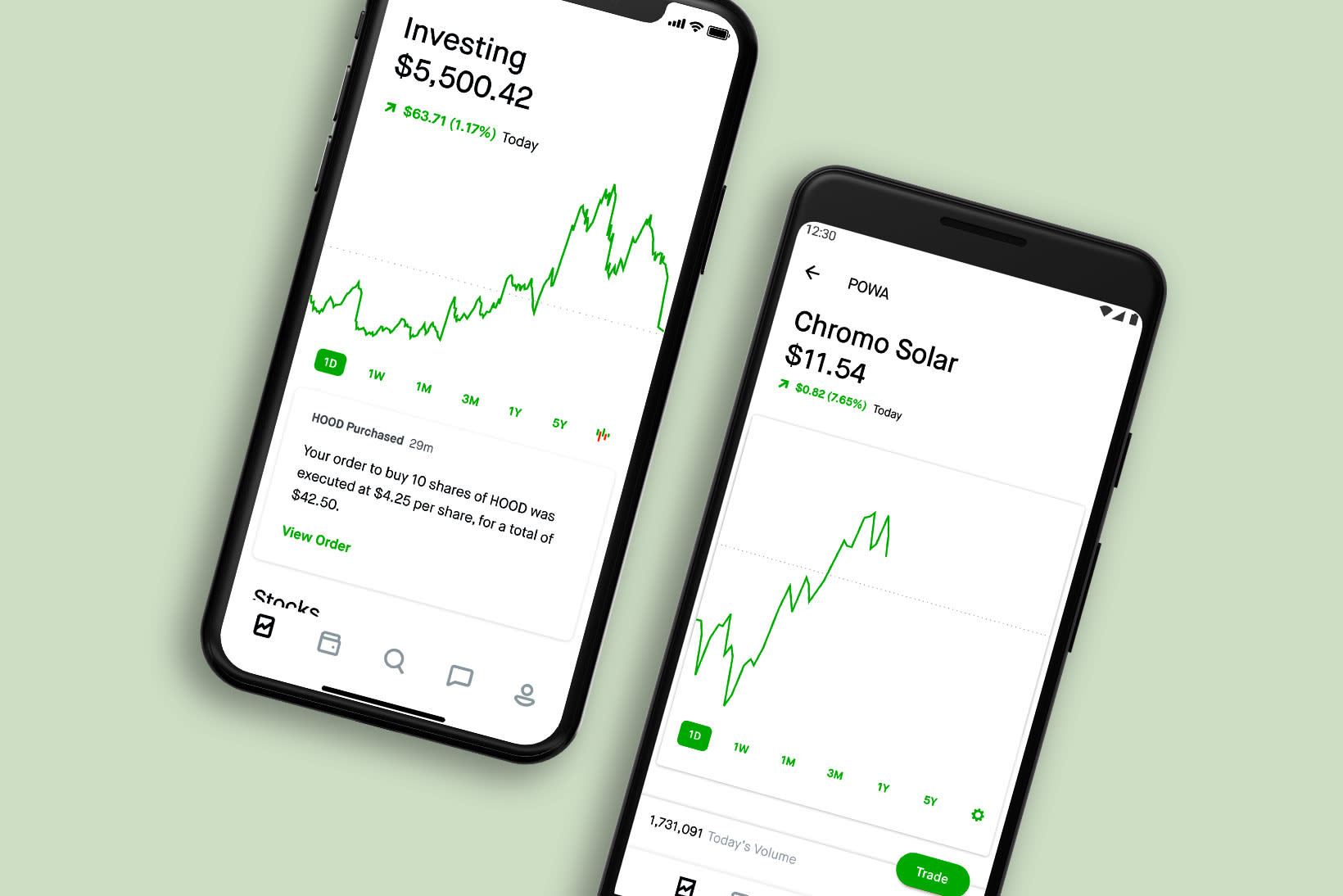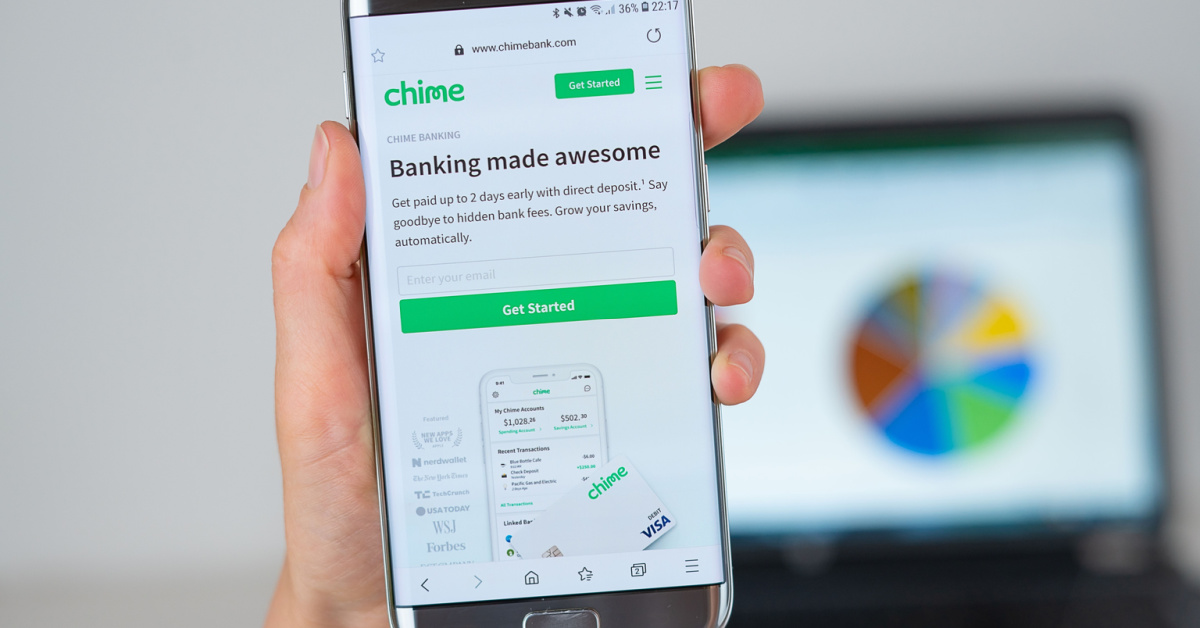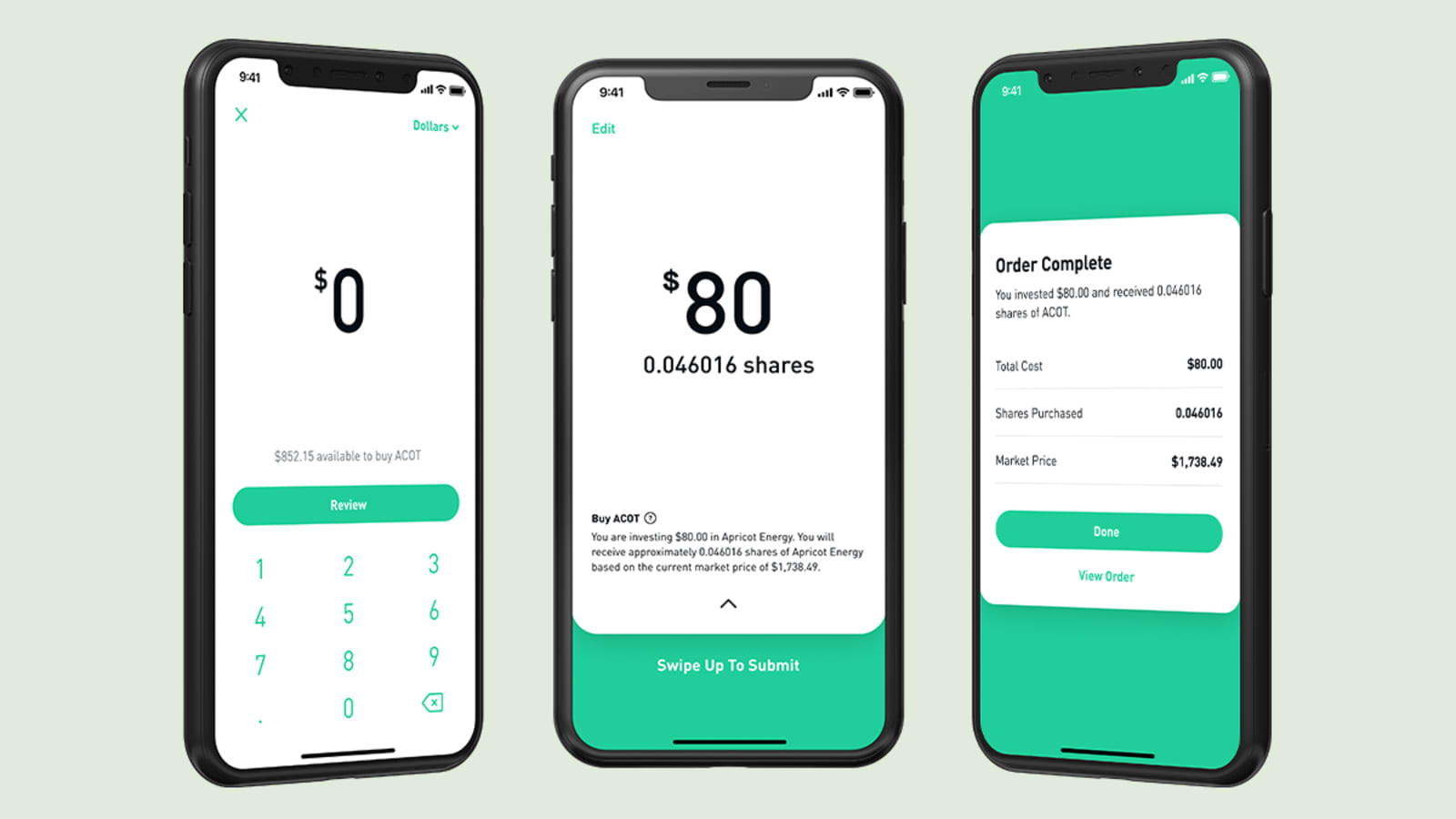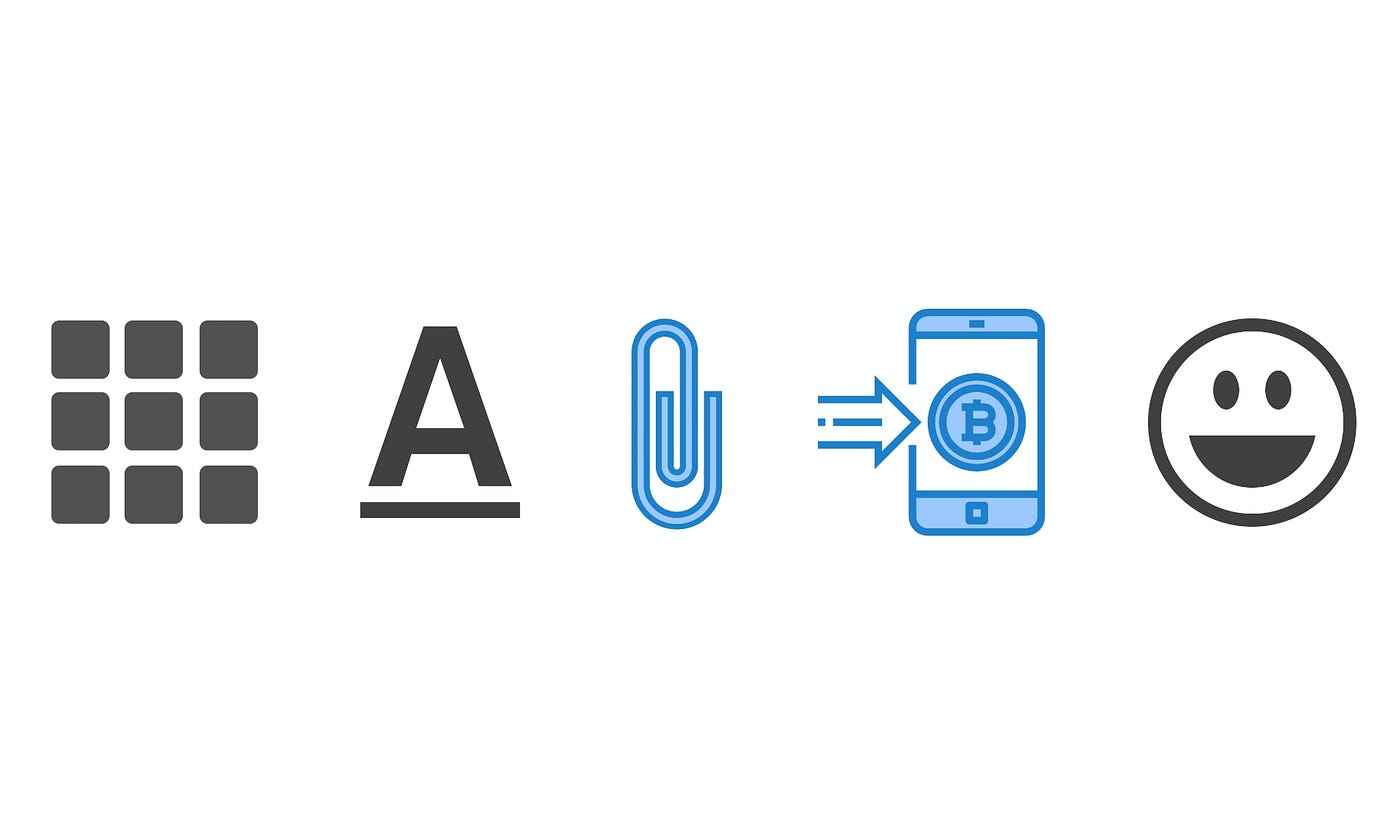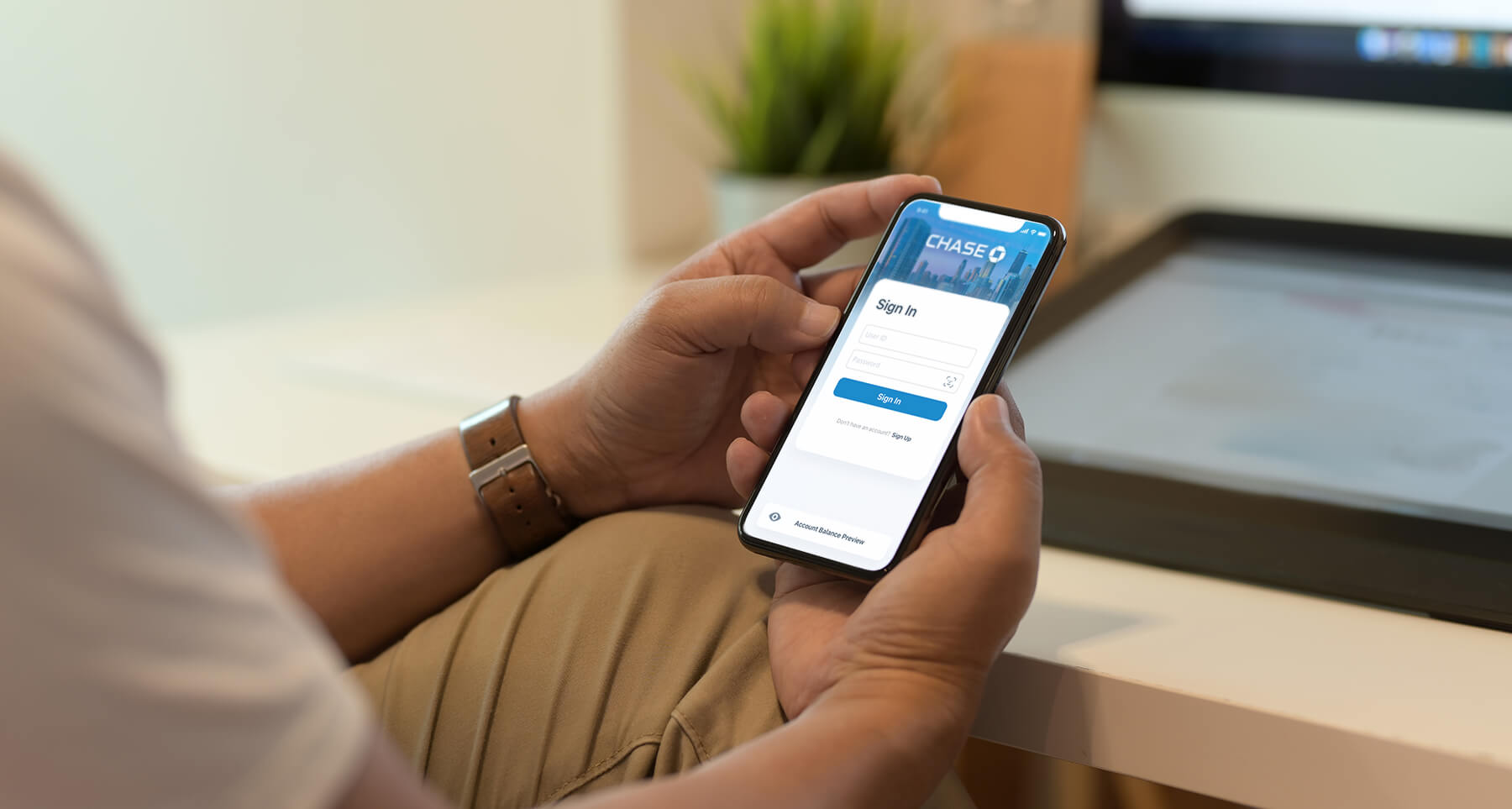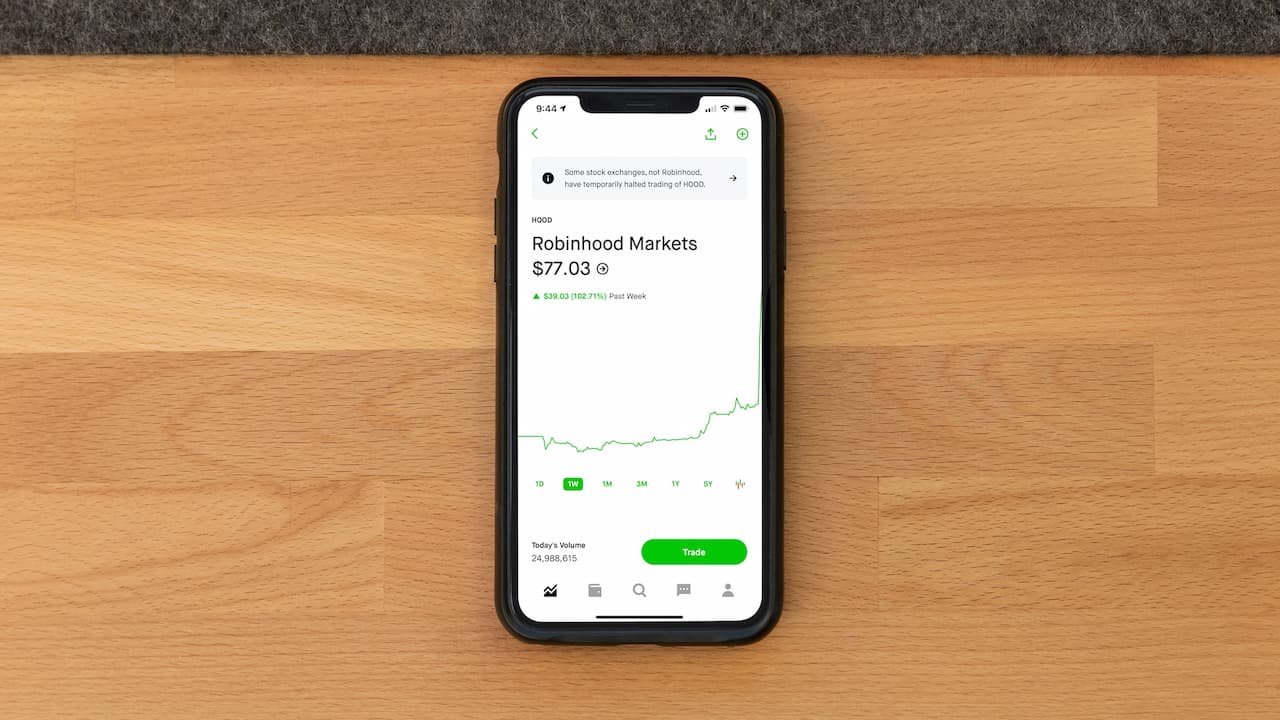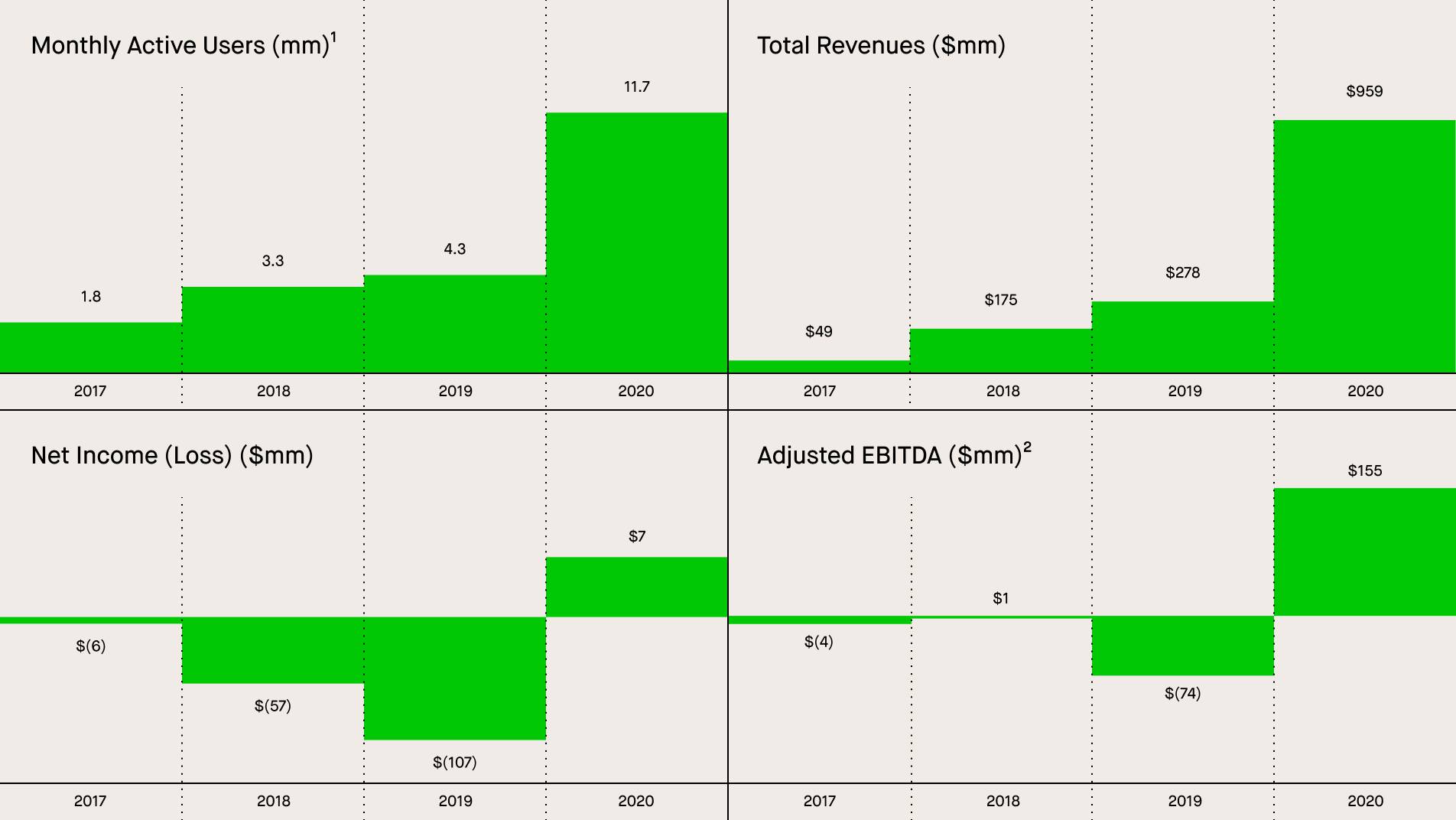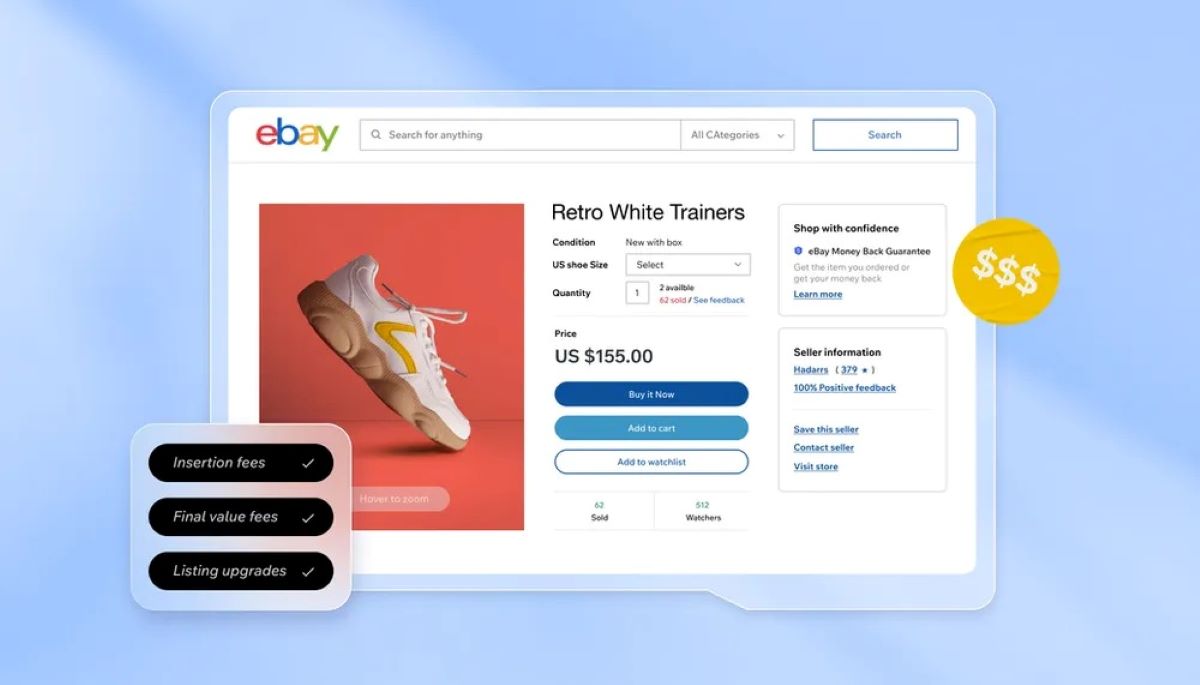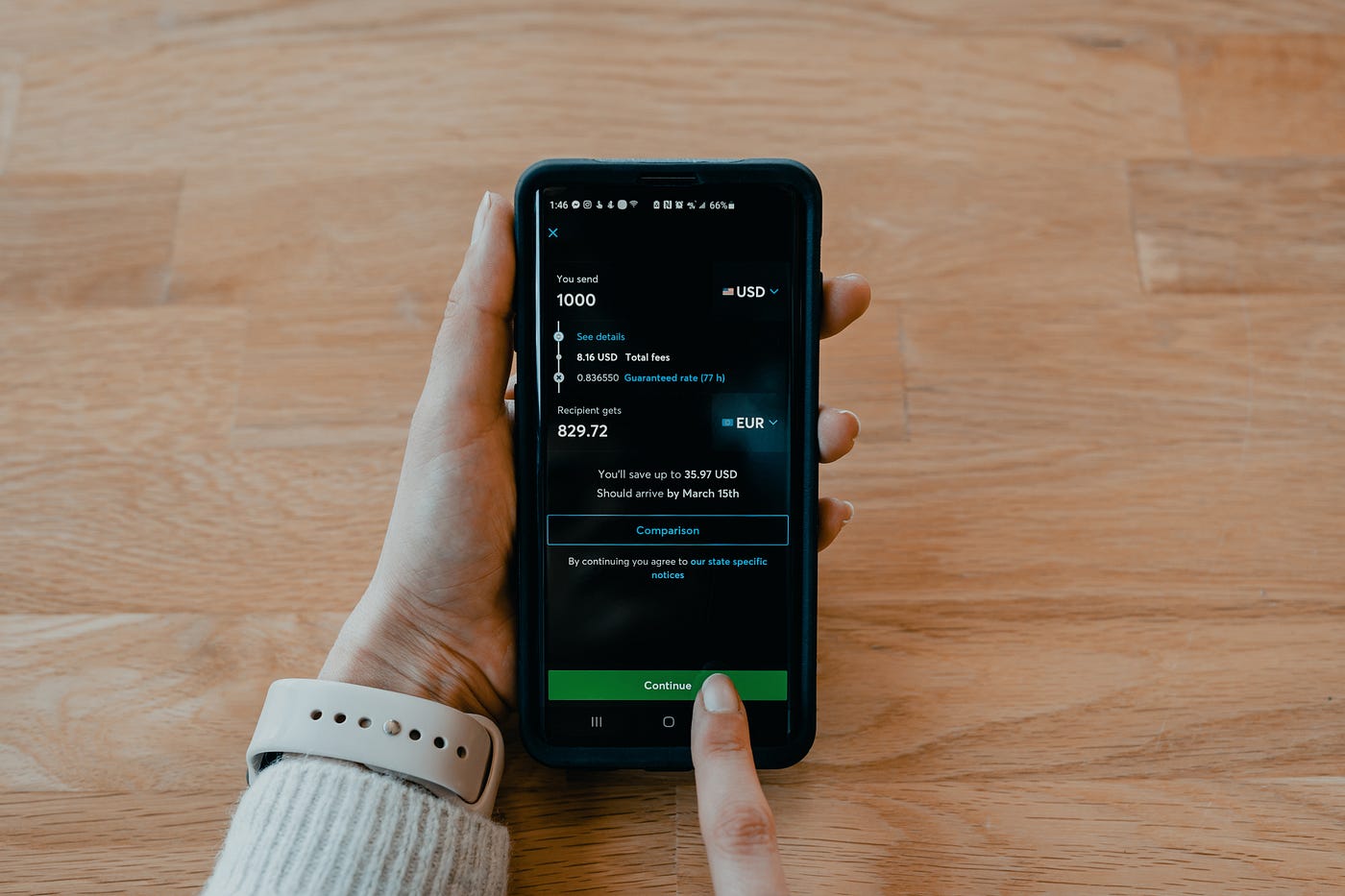

Finance
How To Transfer Stocks From Robinhood
Published: January 18, 2024
Learn how to transfer stocks from Robinhood and manage your finance effectively. Take control of your investments and optimize your financial portfolio today!
(Many of the links in this article redirect to a specific reviewed product. Your purchase of these products through affiliate links helps to generate commission for LiveWell, at no extra cost. Learn more)
Table of Contents
- Introduction
- Step 1: Understanding the stock transfer process
- Step 2: Checking the eligibility requirements
- Step 3: Gathering necessary information
- Step 4: Initiating the transfer request
- Step 5: Completing the transfer paperwork
- Step 6: Tracking the transfer progress
- Step 7: Confirming the successful transfer
- Conclusion
Introduction
Welcome to the world of stock trading! If you’re a savvy investor looking to diversify your portfolio or simply seeking more control over your investments, you may have come across the popular trading platform, Robinhood. While Robinhood offers a convenient way to buy and sell stocks, you may be wondering how to transfer your stocks from Robinhood to another brokerage.
Transferring stocks from one brokerage to another can be a relatively straightforward process, but it’s important to understand the steps involved and the eligibility requirements. In this article, we will guide you through the process of transferring stocks from Robinhood, ensuring that you have all the information you need to make a smooth transition.
By transferring your stocks, you can take advantage of the features and benefits offered by a different brokerage, such as advanced trading tools, research reports, or access to a wider range of investment options. Whether you’re switching to a different brokerage for better customer service or lower fees, or simply seeking a change of scenery, transferring your stocks is a crucial step in this journey.
Before we dive into the step-by-step process of transferring stocks from Robinhood, it’s important to note that the procedures and requirements may vary depending on the specific brokerages involved. However, we will provide a general overview to help you navigate the process and understand the key considerations.
Now, let’s embark on this transfer journey and explore how you can efficiently transfer your stocks from Robinhood to another brokerage.
Step 1: Understanding the stock transfer process
Before initiating the stock transfer, it’s essential to have a clear understanding of the process involved. When you transfer stocks from Robinhood to another brokerage, you are essentially moving your securities from one account to another. This process is known as an “ACATS” transfer, which stands for Automated Customer Account Transfer Service.
The ACATS transfer system is utilized by most brokerage firms in the United States, making it a seamless and efficient method for transferring securities. It allows you to transfer stocks, bonds, mutual funds, and other eligible assets between brokerage accounts.
It’s important to note that not all investments are transferrable. For example, some mutual funds may have restrictions or fees associated with transfers. Additionally, certain securities, such as foreign stocks or options, may have specific transfer requirements. It’s crucial to review the eligibility of your investments for transfer before initiating the process.
During the stock transfer process, your securities will be moved from your Robinhood account to your new brokerage account. This includes both individual stocks and any fractional shares you may own. However, there may be cases where your new brokerage does not support fractional shares, and those may be liquidated during the transfer process.
It’s important to keep in mind that the stock transfer process may take some time to complete. The timeline can vary depending on factors such as the complexity of your holdings, the efficiency of the transferring brokers, and any additional paperwork required.
Now that you have a basic understanding of the stock transfer process, let’s move on to the next step: checking the eligibility requirements for transferring your stocks from Robinhood to another brokerage.
Step 2: Checking the eligibility requirements
Before proceeding with the stock transfer, it’s crucial to ensure that you meet the eligibility requirements set by both your current brokerage (Robinhood) and your desired new brokerage. These requirements may include account type, investment products, and any outstanding fees or obligations.
The first step is to review Robinhood’s policies on stock transfers. Visit their website or contact their customer support to understand if they allow outgoing transfers and if any specific conditions or fees apply. Some brokerages may have restrictions on transferring securities if there are outstanding margin loans or if the account is subject to certain trading restrictions.
Next, you’ll need to verify the eligibility requirements of your preferred new brokerage. Different brokerages may have varying policies regarding inbound transfers. Some brokerages may have minimum account balances or specific account types required for inbound transfers. It’s important to carefully review these requirements to ensure that your transfer request is not rejected.
In addition, it’s worth considering any transfer fees that may be charged by your current brokerage or new brokerage. Some brokerages may offer reimbursement of transfer fees as an incentive to switch to their platform. Be sure to compare the fee structures of both brokerages and factor in any potential savings or costs associated with the transfer.
Transferring certain types of investments, such as options or foreign securities, may have additional requirements or restrictions. Review the transfer policies of both brokerages regarding these specific types of investments to ensure a smooth transfer process.
Once you have confirmed the eligibility requirements of both Robinhood and your new brokerage, you can proceed with the necessary steps to gather the information required for the stock transfer. In the next section, we’ll discuss the key details you need to gather before initiating the transfer.
Step 3: Gathering necessary information
Now that you’ve confirmed the eligibility requirements for transferring your stocks, it’s time to gather the necessary information to initiate the transfer process. Having all the required information on hand will help streamline the transfer and ensure that you provide accurate details to both your current brokerage (Robinhood) and your new brokerage.
Here are the key pieces of information you’ll need to gather:
- Your account information: This includes your account number, account type, and any other relevant account details. This information can typically be found on your account statements or within your online brokerage account.
- Contact information: You’ll need to provide your current contact information, including your name, address, phone number, and email address. Make sure to update this information if there have been any changes since you opened your Robinhood account.
- New brokerage information: Gather the contact information and relevant details of your desired new brokerage, including their name, address, phone number, and any specific instructions or forms they require for incoming transfers.
- List of securities: Compile a comprehensive list of the securities you wish to transfer. This should include the ticker symbols, number of shares, and the current market value of each security. You can often find this information within your Robinhood portfolio or on your account statements.
- Transfer instructions: Determine whether you want to transfer all of your securities or only specific ones. Some brokerages may require you to transfer all securities as a package rather than individual selections.
- Additional instructions or documentation: Depending on the brokerages involved, there may be additional forms, documents, or specific instructions required for the transfer. Make sure to review the transfer guidelines provided by both Robinhood and your new brokerage carefully.
Gathering all this information ahead of time will save you time and ensure a smoother transfer process. Double-check the accuracy of the information to avoid any delays or errors in the transfer. Once you have everything prepared, you’re ready to move on to the next step: initiating the transfer request.
Step 4: Initiating the transfer request
With all the necessary information gathered, it’s time to initiate the transfer request and begin the process of moving your stocks from Robinhood to your new brokerage. The specific steps may vary depending on the brokerages involved, but we will provide a general overview of the process.
Here’s how you can initiate the transfer request:
- Contact your new brokerage: Reach out to your desired new brokerage and inform them that you would like to initiate a stock transfer from Robinhood. Provide them with all the relevant information you gathered in the previous step.
- Complete the transfer paperwork: Your new brokerage will likely require you to complete transfer paperwork or online forms. These forms will ask for your account information, securities list, and any additional instructions or documentation. Make sure to accurately fill out and submit the required paperwork.
- Inform Robinhood: Notify Robinhood about your intent to transfer your stocks. Most brokerages will have a specific process or form for outgoing transfers. Contact Robinhood customer support or visit their website to find the necessary instructions or forms for initiating the transfer.
- Provide Robinhood with the transfer instructions: When submitting the transfer request to Robinhood, make sure to include the transfer instructions provided by your new brokerage. This will enable Robinhood to execute the transfer smoothly and according to your preferences.
- Follow any additional instructions: Depending on the brokerages involved, there may be additional steps or instructions to follow. This could include signing additional documents, verifying account ownership, or providing any other required information.
After initiating the transfer request, it’s important to maintain communication with both your new brokerage and Robinhood. Stay responsive to any questions, requests for additional information, or updates on the transfer status. This will help ensure a timely and successful transfer.
Keep in mind that the transfer process may take some time, ranging from a few days to a couple of weeks. The timeline can be influenced by factors such as the complexity of your holdings, the efficiency of the brokerages involved, and any additional paperwork required.
Now that you’ve initiated the transfer request, let’s move on to the next step: completing the transfer paperwork.
Step 5: Completing the transfer paperwork
Completing the transfer paperwork is a crucial step in the process of transferring your stocks from Robinhood to your new brokerage. This step involves providing the required documentation and information to both Robinhood and your new brokerage to facilitate the smooth transfer of your securities.
Here’s an overview of how to complete the transfer paperwork:
- Review the transfer instructions: Carefully review the transfer instructions provided by both Robinhood and your new brokerage. These instructions will outline the specific paperwork that needs to be completed.
- Fill out the required forms: Obtain the necessary forms from both Robinhood and your new brokerage. These forms typically require you to provide your account information, securities list, transfer instructions, and any additional details required for the transfer. Fill out the forms accurately and completely.
- Provide supporting documents: In addition to the transfer forms, you may be required to provide supporting documents. This could include copies of your identification, account statements, or any other documentation requested by the brokerages involved. Ensure that you provide the requested documents in the specified format.
- Submit the completed paperwork: Once you have filled out the transfer forms and gathered the necessary supporting documents, submit the paperwork to both Robinhood and your new brokerage. Follow the instructions provided by each brokerage for submitting the paperwork, whether it’s through mail, fax, or an online submission portal.
- Keep copies for your records: Make copies of all the completed forms and supporting documents for your records. This will help you track the progress of the transfer and serve as a reference in case any issues arise.
Remember to carefully review all the information provided on the transfer paperwork before submitting it. Double-check the accuracy of your account information, securities list, and any other details required. Any errors or missing information could cause delays in the transfer process.
After submitting the completed paperwork, it’s important to stay in touch with both Robinhood and your new brokerage to ensure that the transfer is processed smoothly. Monitor the progress of the transfer and promptly address any questions or requests for additional information from the brokerages.
Now that you have completed the transfer paperwork, let’s move on to the next step: tracking the transfer progress.
Step 6: Tracking the transfer progress
Once you have initiated the stock transfer and completed the necessary paperwork, it’s important to track the progress of the transfer to ensure a smooth and timely transition of your securities from Robinhood to your new brokerage. Tracking the transfer allows you to stay informed and address any potential issues that may arise along the way.
Here are some steps to help you track the transfer progress:
- Monitor your account activity: Regularly check your Robinhood account to see if any stocks have been removed from your portfolio. This will indicate that the transfer process has begun.
- Stay in touch with customer support: Maintain communication with both Robinhood and your new brokerage’s customer support teams. They can provide updates on the status of your transfer and answer any questions you may have. Be proactive and reach out to them if the transfer seems to be taking longer than expected.
- Review any transfer confirmation notices: As the transfer progresses, you may receive confirmation notices from both Robinhood and your new brokerage. Review these notices carefully to ensure that the securities being transferred match your expectations.
- Track the transfer timeline: The length of time it takes to complete a stock transfer can vary. Follow up with each brokerage to get an estimate of the expected timeline, and keep track of the dates and milestones associated with the transfer process.
- Address any issues promptly: If you encounter any issues, discrepancies, or delays during the transfer process, contact both Robinhood and your new brokerage immediately. They can assist you in resolving any problems and ensuring a successful transfer.
Remember, transferring stocks is a complex process, and it may take some time for the transfer to be completed fully. However, by staying vigilant and proactive in tracking the progress, you can ensure a smooth and efficient transfer of your securities.
Now, let’s move on to the final step: confirming the successful transfer.
Step 7: Confirming the successful transfer
After patiently tracking the transfer progress, it’s time to confirm that your stocks have been successfully transferred from Robinhood to your new brokerage. Confirming the successful transfer is an important final step to ensure that your securities are now securely held in your new account.
Here’s what you should do to confirm the transfer:
- Review your new brokerage account: Once the transfer is completed, log in to your new brokerage account and review your portfolio. Check if all the transferred securities are visible and listed correctly in your account.
- Verify fractional shares: If you had any fractional shares with Robinhood, make sure they have been successfully transferred and accurately reflected in your new brokerage account. Fractional shares should not be left behind or lost during the transfer process.
- Compare account statements: Review the account statements or transaction history from both Robinhood and your new brokerage. Verify that the securities transferred match the details provided in the transfer instructions.
- Contact customer support if needed: If you notice any discrepancies or issues with the transferred securities, contact customer support at your new brokerage for assistance. They can help resolve any issues and ensure that everything is in order.
- Set up any necessary alerts: Once the transfer is confirmed, consider setting up price alerts or notifications in your new brokerage account to stay informed about the performance of your transferred securities.
By confirming the successful transfer, you can have peace of mind knowing that your stocks have been safely moved to your new brokerage account. It also ensures that you can resume trading and managing your investments without any interruptions.
If you encounter any problems during the confirmation process or have any lingering questions or concerns, don’t hesitate to reach out to customer support at both Robinhood and your new brokerage. They are there to assist you throughout the transfer process and address any issues that may arise.
Congratulations! You have successfully completed the transfer of your stocks from Robinhood to your new brokerage. Enjoy exploring the features and benefits of your new account, and continue your journey as an informed and empowered investor.
Conclusion
Transferring stocks from Robinhood to another brokerage is a process that allows you to take control of your investments and explore new opportunities. By following the steps outlined in this guide, you can smoothly navigate through the transfer process and ensure a successful transition.
Remember, before initiating the transfer, it’s important to understand the stock transfer process and check the eligibility requirements set by both your current brokerage (Robinhood) and your desired new brokerage. Gathering all the necessary information, such as account details and a list of securities, is crucial to initiate the transfer request.
Completing the transfer paperwork accurately and promptly is key to facilitating the transfer. Be proactive in tracking the progress of the transfer, staying in touch with customer support, and promptly addressing any issues that may arise along the way.
Finally, confirm the successful transfer by reviewing your new brokerage account, verifying fractional shares, comparing account statements, and reaching out to customer support if needed. Once the transfer is confirmed, you can resume managing your investments and taking advantage of the offerings provided by your new brokerage.
As you embark on this transfer journey, it’s essential to consider the unique features, fees, and investment options offered by different brokerages. Take the time to research and select a brokerage that aligns with your investment goals and preferences.
We hope this guide has provided you with valuable insights and guidance on how to transfer your stocks from Robinhood to another brokerage. Remember to consult the specific instructions and requirements of both Robinhood and your new brokerage as you embark on this process.
Happy investing!
